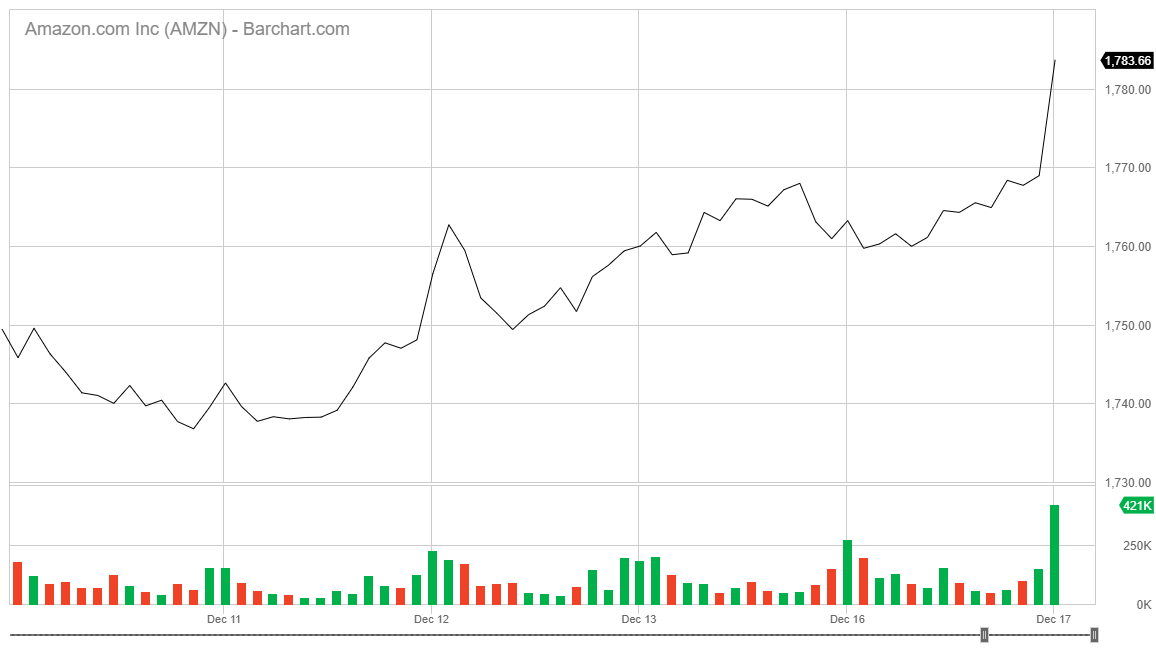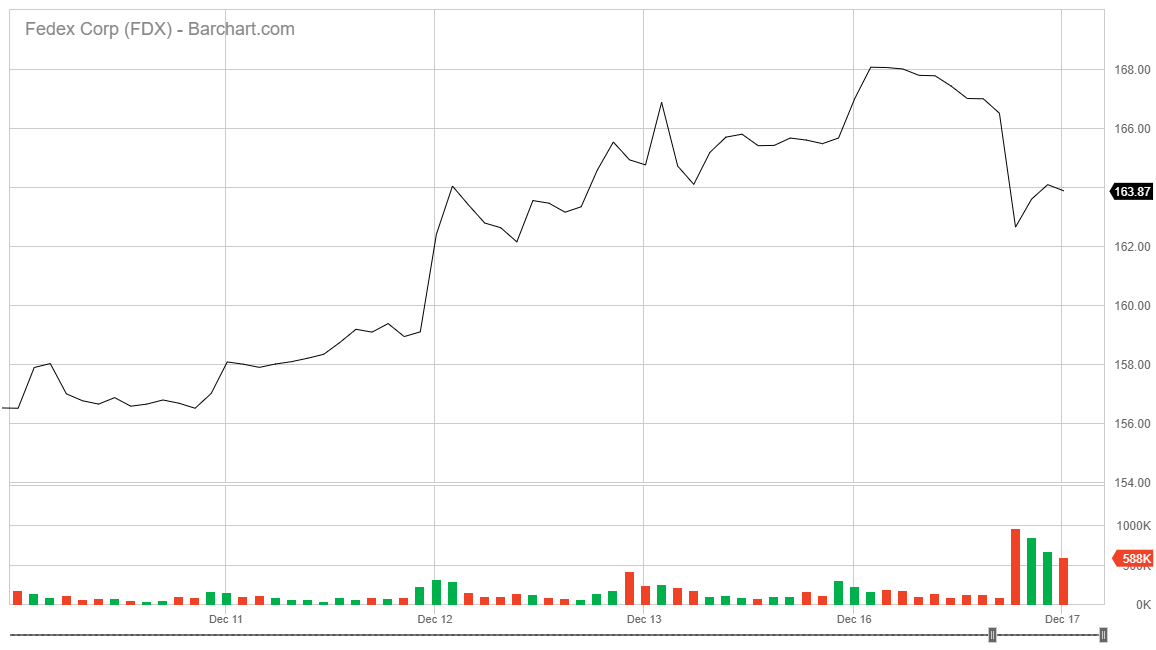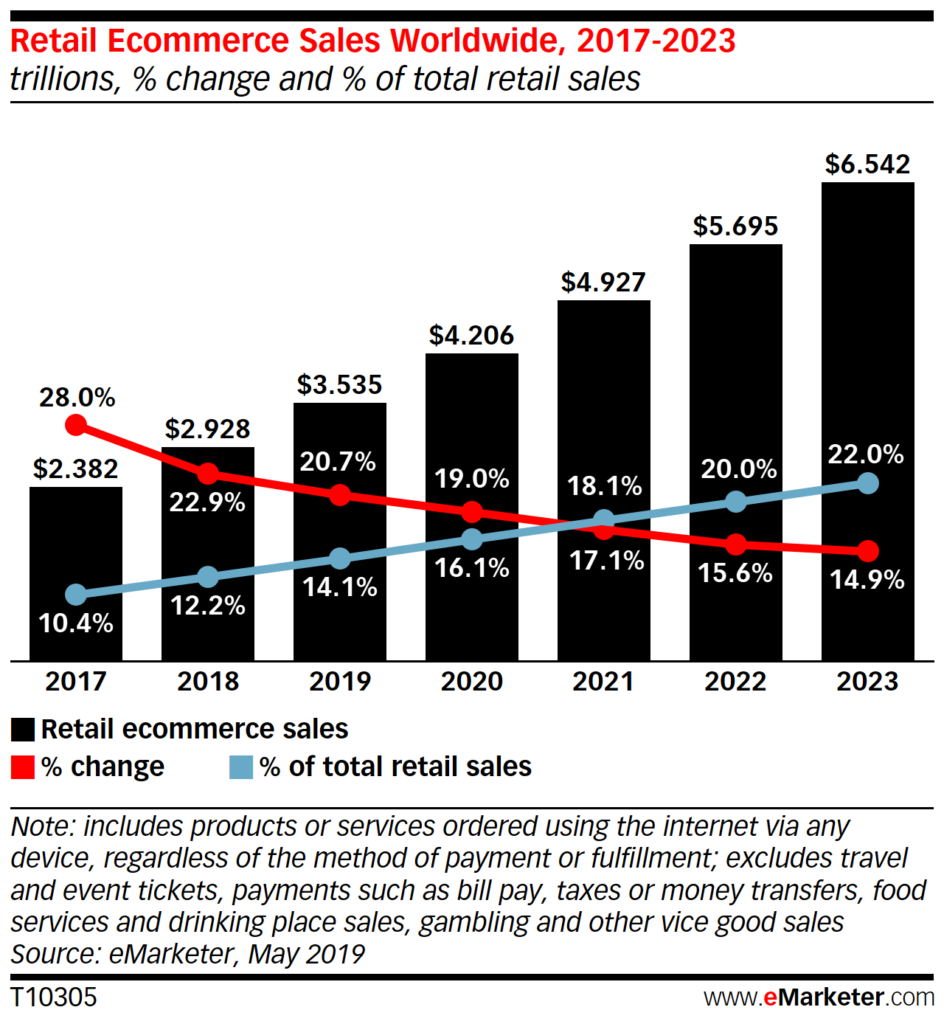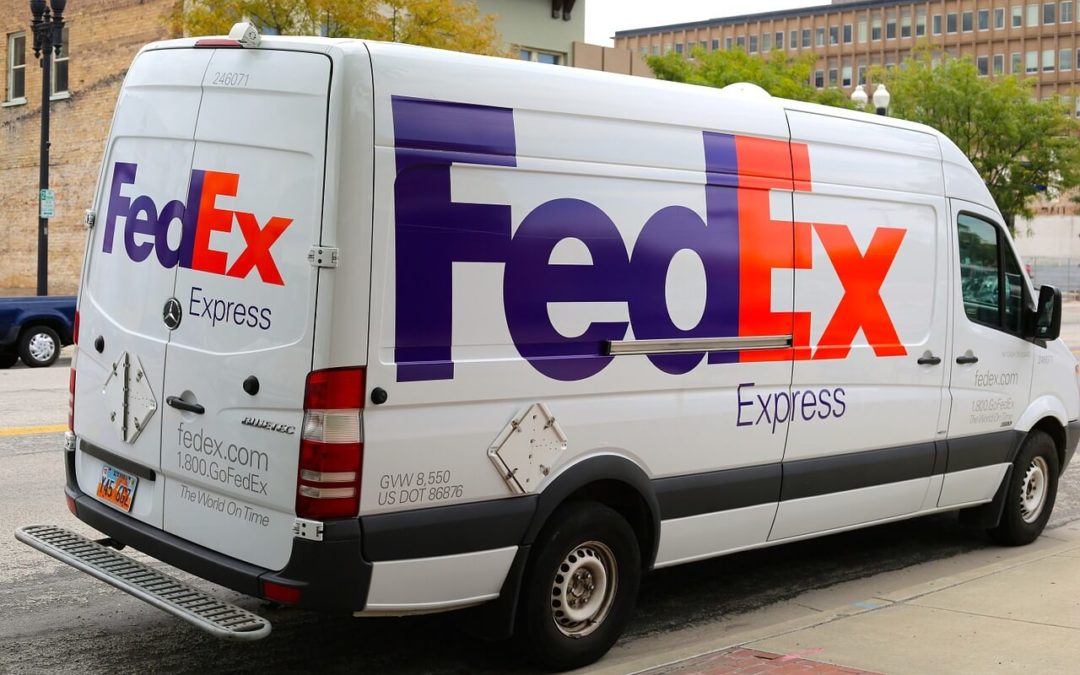The recent announcement of an Amazon and FedEx split isn’t completely permanent, but maybe it should be.
Due to a contracted holiday season, Amazon.com Inc. (Nasdaq: AMZN) announced Tuesday it is banning its third-party sellers from using FedEx Corp. (NYSE: FDX) for any Prime shipments.
The Amazon-FedEx split does allow vendors to use the more expensive Express service for Prime deliveries or FedEx Ground for non-Prime deliveries, according to the Wall Street Journal.
According to an email cited by TWSJ, the ban on FedEx Prime deliveries will last “until the delivery performance of these ship methods improves.”
It’s a pretty open-ended reason that should suggest the Amazon and FedEx split should be final.
FedEx officials told CNN Business the Amazon and FedEx split will only impact “a small number of shippers,” but did fire a salvo back at Amazon by suggesting “the move may impact these small sellers’ ability to manage their businesses by limiting their options.”
Amazon stock traded up 0.8% on Tuesday midday trading while FedEx was down about 1%.


Amazon and FedEx Contract
The battle between the two companies actually started earlier this year when FedEx terminated its ground-delivery agreement with Amazon.
The split was for Amazon’s small packages. At the time, it did not include international parcels.
The Amazon-FedEx contract issues came as the international shipper started to look at the retail giant as more of a competitor than a partner.
“This change is consistent with our strategy to focus on the broader e-commerce market,” FedEx told Bloomberg in a statement in August.
The companies’ split in relation to small packages was justified because Amazon constituted just 1.3% of FedEx’s total annual revenue — suggesting a loss in Amazon’s business wouldn’t significantly damage FedEx’s bottom line.
As of September, Amazon stopped using FedEx completely for its own shipments, but still allowed third-party sellers to use the shipper.
Amazon and FedEx Split: Ramping Up the Shipping War
FedEx’s decision earlier this year to halt its small package ground delivery with Amazon was also justified by the projected growth in e-commerce the next five years.
While total retail sales growth will hover around 4.5% each year through 2023, retail e-commerce sales globally will jump much higher, according to a report from eMarketer.

The research firm said global e-commerce will jump to $3.5 trillion in 2019 and to $4.2 trillion in 2020.
“There is significant demand and opportunity for growth in e-commerce, which is expected to grow from 50 million to 100 million packages a day in the U.S. by 2026,” FedEx said in an investor statement in June. “FedEx has already built out the network and capacity to serve thousands of retailers in the e-commerce space. We are excited about the future of e-commerce and our role as a leader in it.”
A report from Morgan Stanley found that Amazon is already delivering more than half its own packages, as reported by CNBC.
One of the big reasons for that is the move by Amazon to move Prime deliveries from two days to one. The move did, however, cost Amazon to the tune of a 26% loss in third-quarter net income.
It means that, while Amazon and FedEx are split, the e-commerce shipping pie is still pretty robust, and likely still big enough for both.
However, it seems now is a good time for this relationship to come to an end as Amazon attempts to be more self-sustaining with its e-commerce model.
While it may limit options for smaller, third-party sellers, the Amazon and FedEx split would likely have a short-term impact on them, especially as Amazon continues to build out its shipping model.





